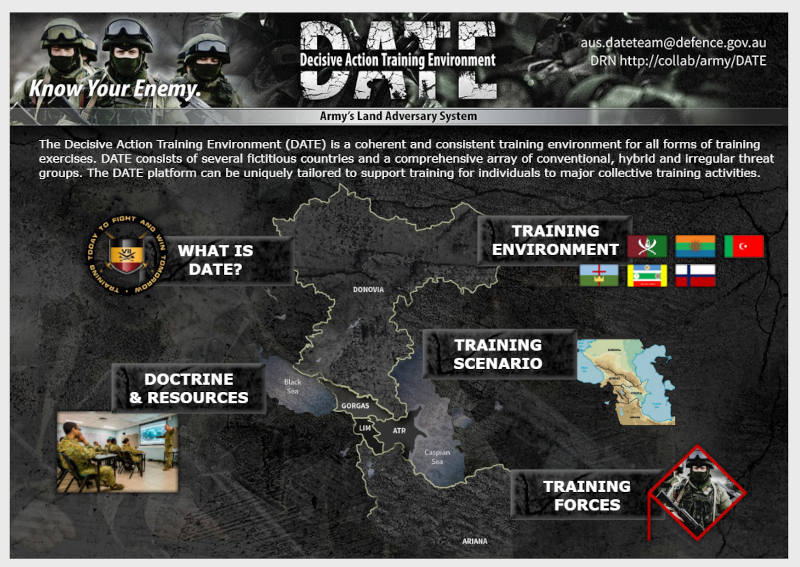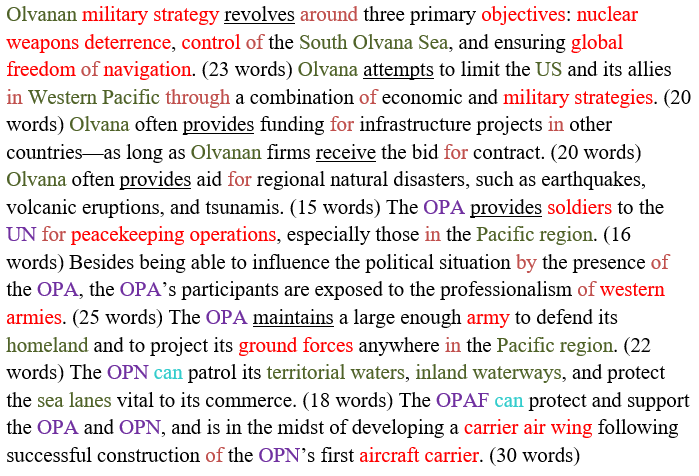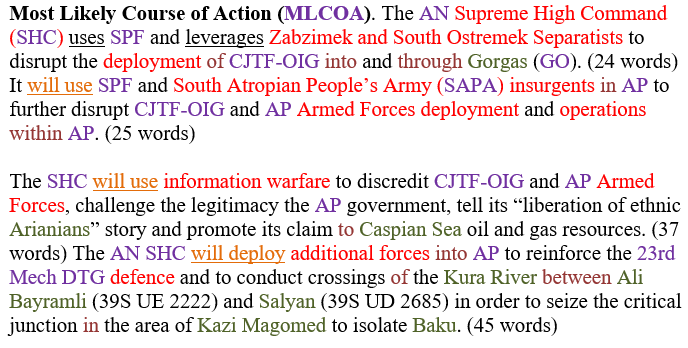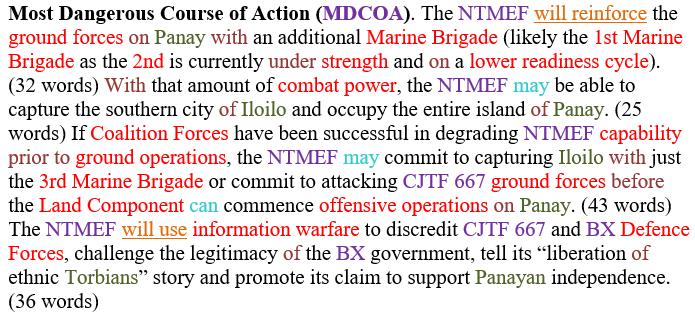Soldiers at all levels must be able to write well in order to communicate with diverse audiences in wide-ranging social contexts. The ADF Writing Manual provides general guidance on language conventions for basic document types like minutes, briefs, and letters.
However, as a reference manual it cannot cover the specific requirements of an ever-expanding body of military text-types such as performance appraisal reports, fact-finding reports, intelligence estimates, emails to mixed ranks on sensitive issues, Cove articles, unit social media posts, and ADELE discussion posts.
How do we know what style is appropriate for different text types and within different written communication contexts? Who is our audience? What are their expectations of this text-type? What are their requirements? How much detail should we include? What is the most effective way to sequence our ideas? What word choice is most appropriate within a particular writing context?
An effective way to answer such questions is by analysing model texts.
Model texts
Model texts (also known as exemplar, mentor, or gold-standard texts) are ‘similar to the text being written by students and provide an example of what the target text might look like.’[i] Model texts are usually available either as annexes in the relevant chapter of the Writing Manual or as training aides during promotion courses.
However, they tend to be stylised texts that address a single writing scenario rather than authentic on-the-job samples to meet specific purposes. Consequently, they may be limited in displaying the different writing strategies that writers can use to meet audience requirements in varying contexts.
A better use of model texts is by sourcing authentic samples and engaging in close study of how they achieve required language conventions, the text’s purpose, and audience requirements within specific contexts. Reviewing more than one model text provides exposure to different writing strategies that successfully achieve text purposes and applications.
Military Intelligence Estimates

Image credit: DATE (DPN only)
To demonstrate how this might be applied in the workplace, I will share the outcomes of close study of a selected text-type: the military intelligence estimate. Intelligence estimates assess enemy intent, capabilities, strengths and weaknesses, recent past action, and anticipated action in order to support command planning and decision-making.
They are usually attached as annexes to operational orders to provide enemy situation detail. By analysing the text structure, sentence length, sentence structure, grammar, and word choices of estimates I identified the following key features:
- Structural features
- Body: enemy situation
- threat intent
- threat activity
- threat characteristics
- Conclusion: anticipated action
- Most Likely Course of Action (MLCOA)
- Most Dangerous Course of Action (MDCOA).
- Body: enemy situation
- Language features
- Average sentence length of 22 words
- simple sentence structure
- word choice:
- military terminology
- geographical terminology
- acronyms
- grammar:
- simple present tense
- simple past tense
- simple future tense
- active voice
- modal verbs
- prepositions of place, relationship, means and time.
These features are highlighted below in excerpts from four model texts taken from the DATE website.[ii]

Structure: Threat intent

Structure: Threat actions

Structure: Threat characteristics

Structure: Anticipated action

Structure: Anticipated action

Analysis
The structural-linguistic features reveal the audience requirements and text purposes of intelligence estimates. The target audience is primarily time-poor senior commanders who require up-to-date, accurate information to support planning and decision-making. Consequently, the writing style is succinct, focussing on simple sentence structure rather than using more elaborate compound, complex, and compound-complex sentences.
Facts are clarified through active voice and simple tenses: predominantly present tense, but also past and future tense as required. Uncertainty is highlighted through modal verbs such as ‘may’ and ‘can’. Plain English guidelines recommend a sentence length of 15-20 words, so the average 22-word sentence length is higher than expected.[iii]
The lengthier sentences might be explained through the widespread use of prepositional phrases to clarify details where the enemy is, what they are doing, and why, how, and when they are doing what they do.
The high use of military and geographical terminology reflects the text’s purpose to detail enemy intent, activity, and characteristics in the battlespace. Military acronyms proliferate the text but only for organisations and countries, such as the Olvana People’s Army (OPA).
Shortened words for common military terms such as ‘bde’ for brigade’, ‘AT’ for anti-tank or ‘IOT’ for ‘in order to’ are not used. This suggests that the intelligence estimate has a broader, secondary audience, beyond the senior commander, that may include ADF members of diverse ranks and experience levels, and non-ADF government officials and foreign military personnel. To avoid confusion, shortened forms are therefore only used for proper nouns (formal, unique titles) and are spelled out in full on first usage.
Applications
Analysing model texts can thus be a powerful way to unpack audience expectations and textual requirements for different text-types. This strategy could be applied in various learning contexts; for example, an in-class activity in group learning environments such as Defence writing workshops on promotion courses or during Professional Military Education activities; on-the-job training, such as on-boarding/hand over activities for new march-ins or lateral/corps/Service transfers; and for individual professional writing development.









